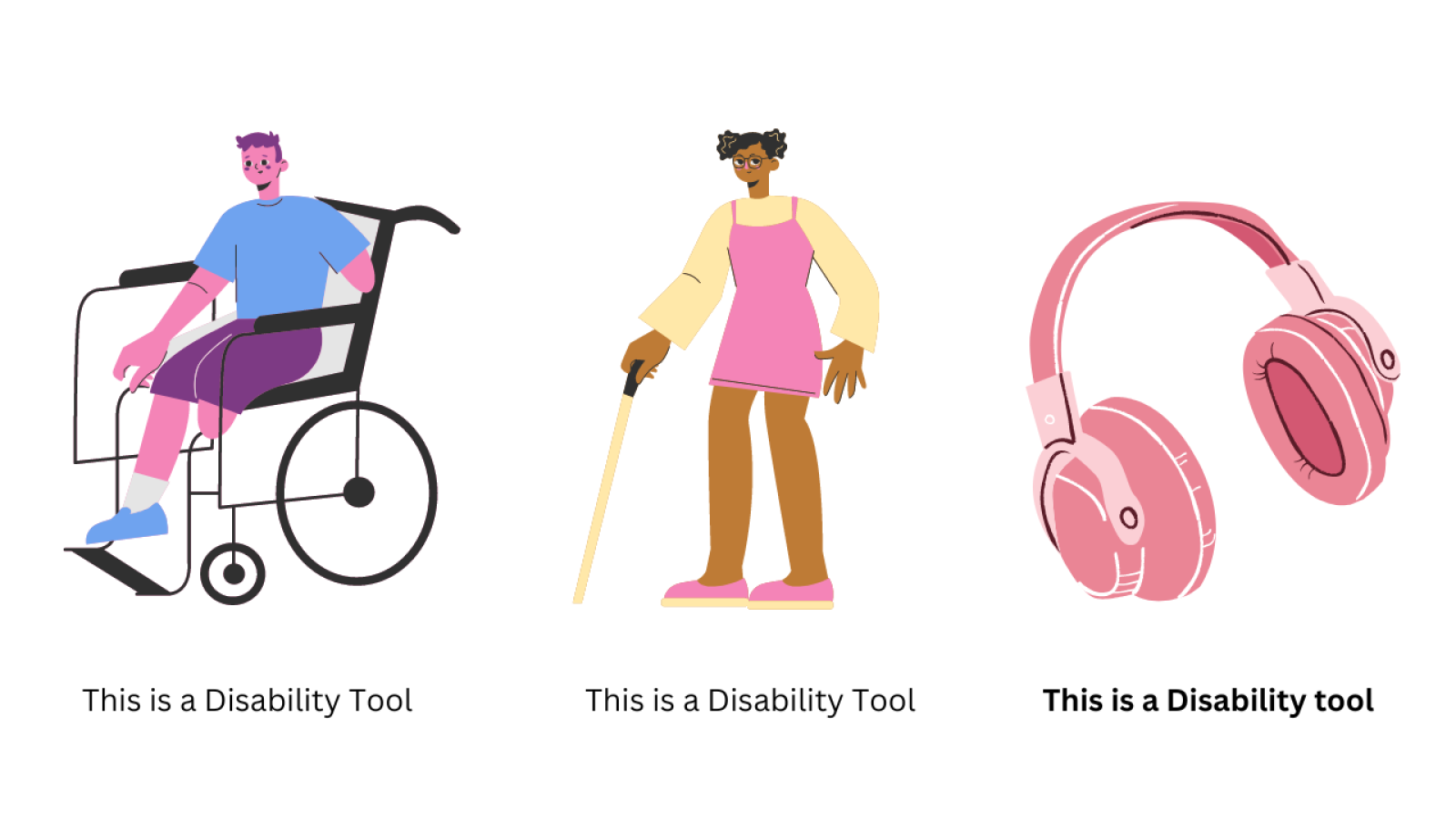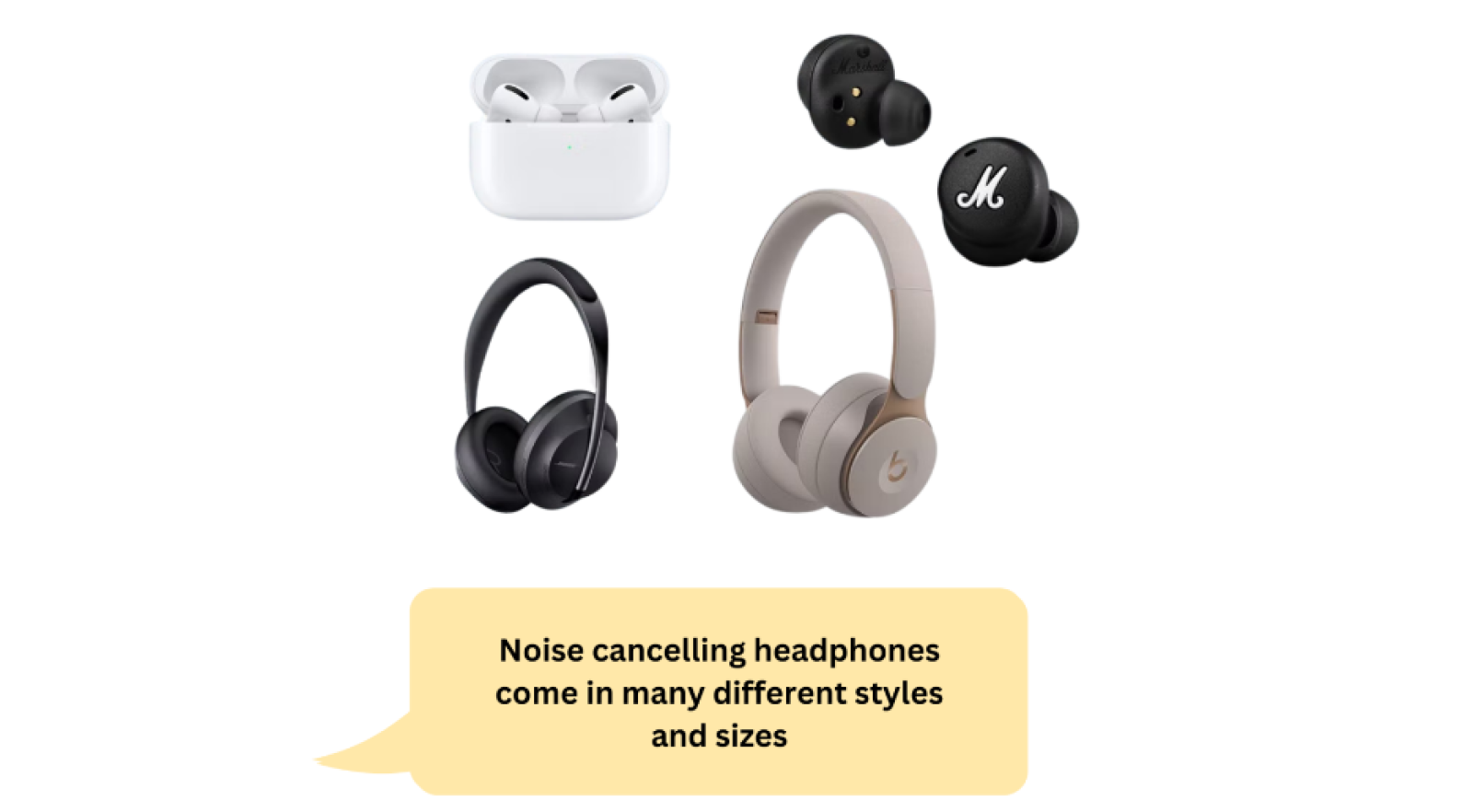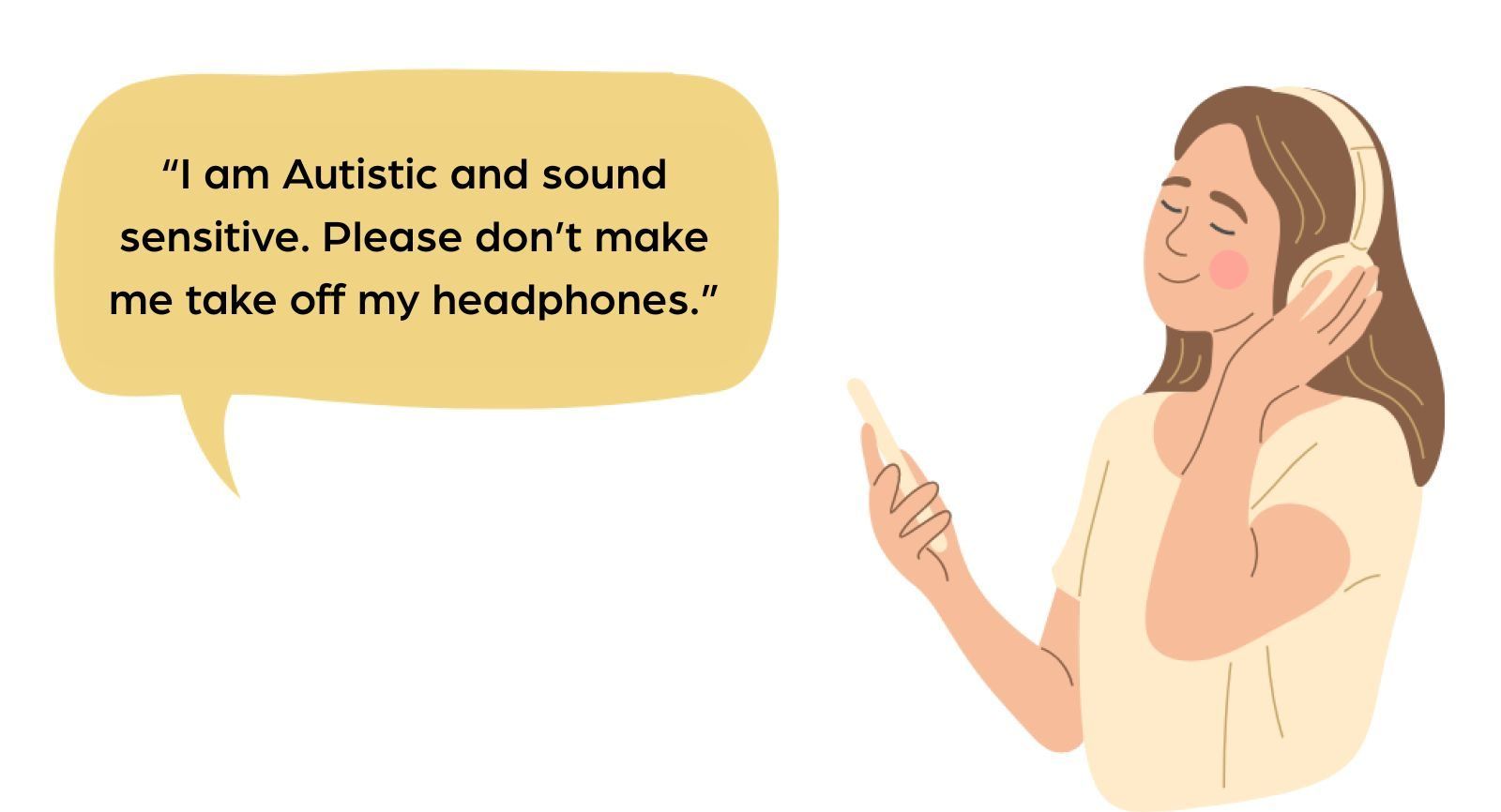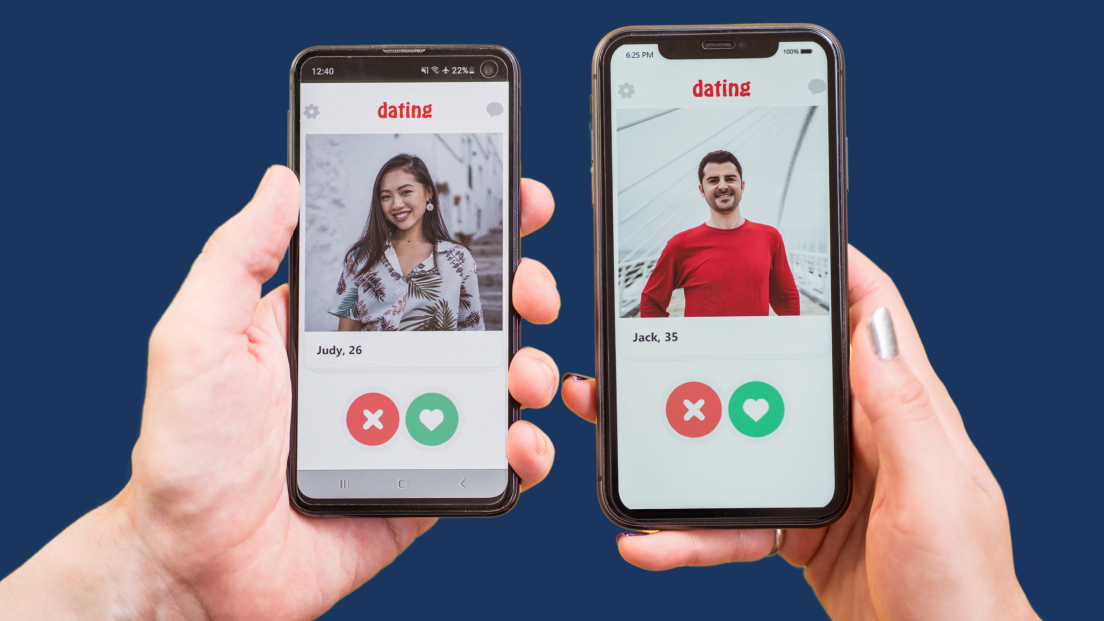All of these things help people navigate a disabling world yet noise cancelling headphones are yet to be widely recognised as a disability tool.
Many Autistic people are sound sensitive, and noise-cancelling headphones are an essential tool in accessing a noisy world.
- Using active noise cancellation headphones reduces an average of 30 decibels of sound, with a particular focus on low-frequency sounds like a plane engine or air conditioner unit.
- Some headphones have a ‘silent mode’ which blocks lots of sounds and a ‘social mode’ which makes hearing easier. This means that many important things like train whistles, car horns or a child screaming are still partially audible.
- Headphones can help to muffle sounds like office chatter so they don’t overtake the user's focus.
- Some headphones play music which also helps to reduce external focus and help with emotional regulation by listening to music.
- People can still operate successfully and safely with headphones on, without having to remove the headphones
- “I don’t go anywhere without my noise cancelling headphones. Without them the world feels like the volume is constantly turned up too loud."
- "This gets overwhelming really quickly and I can’t block out sound like other people."
- "My headphones help to take the edge off the sounds around me and allow me to go out and do the things I love to do."
- "Sometimes people think I am being rude and one lady went as far as to rip them off my head."
- "I’d like to see more people understand that some people need headphones to get out and about - and yes we can still hear you!"
- "My daughter could not navigate the world without hers!"
Unfortunately, not everyone understands how essential these tools are.
Emma, an Autistic adult and member of the Autism Friendly team, uses noise-cancelling headphones every day. As part of her role, she travels across the country conducting environmental assessments of public spaces like airports - deliberately exposing herself to overwhelming environments so she can help make them better for others.
After one such assessment, Emma was making her way through an airport following a long day. She was emotionally and physically drained, managing her sensory input through headphones, stim toys, and phone-based communication—strategies that allow her to self-regulate when words are hard to find.
Then, while washing her hands in a bathroom, a stranger tore her headphones from her head and began yelling at her about “the youth of today.”
“She didn’t see an Autistic adult using coping tools. She saw someone being rude and antisocial. She touched me without permission and took away my support tool in a space already filled with overwhelming sounds. It was terrifying.”
The woman’s actions, combined with the roar of two hand dryers and Emma’s already taxed sensory system, led to a near meltdown. She only just managed to return to her colleague for support and advocacy before the final leg of their journey. What happened to Emma wasn’t just an uncomfortable moment—it was the removal of her right to access space safely, caused by a misunderstanding and snap judgment.
“This is exactly why we do what we do at Aspect. It’s why education, awareness, and access matter so much. If even one person had known better, I might’ve avoided that meltdown. I might have gotten home with some energy left.”
Emma’s story is not rare. Many Autistic people have similar experiences and are judged for the very tools that help them survive in a world that wasn't designed for them. Her story reminds us that these tools are not optional extras. They are necessary, valid, and should be respected.
Helpful Tips for interacting with headphone users:
- Don’t touch someone’s headphones. Just like you wouldn’t touch someone’s wheelchair or cane without permission, please don’t grab someone’s headphones.
- If you need to get someone’s attention come into their line of vision and give them a friendly wave. This will allow them to time to get ready to listen.
- Don’t assume someone is being rude for not removing their headphones. There may well be a good reason that the person is using them.







